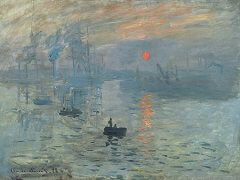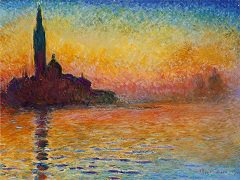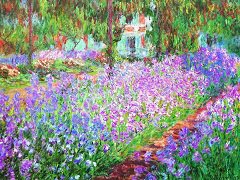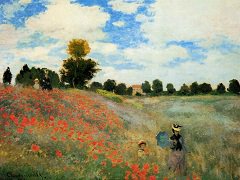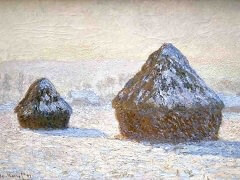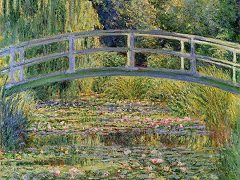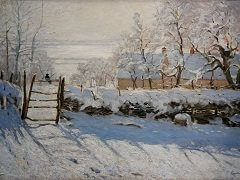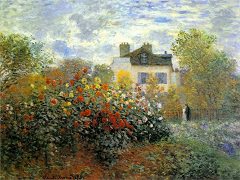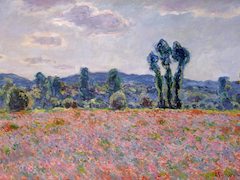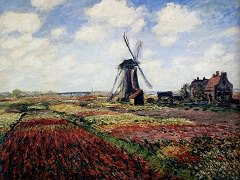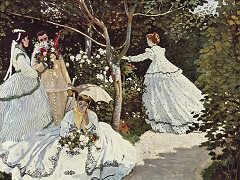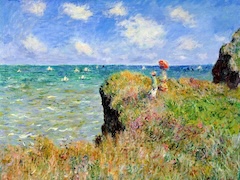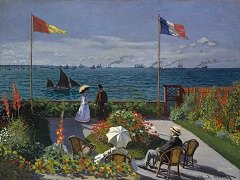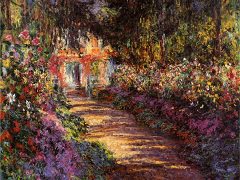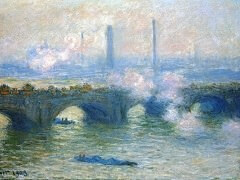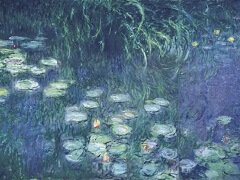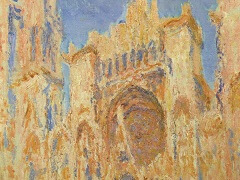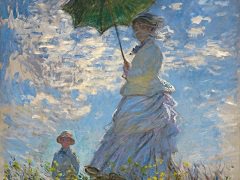Water Lilies: The Japanese Bridge, 1923 - by Claude Monet
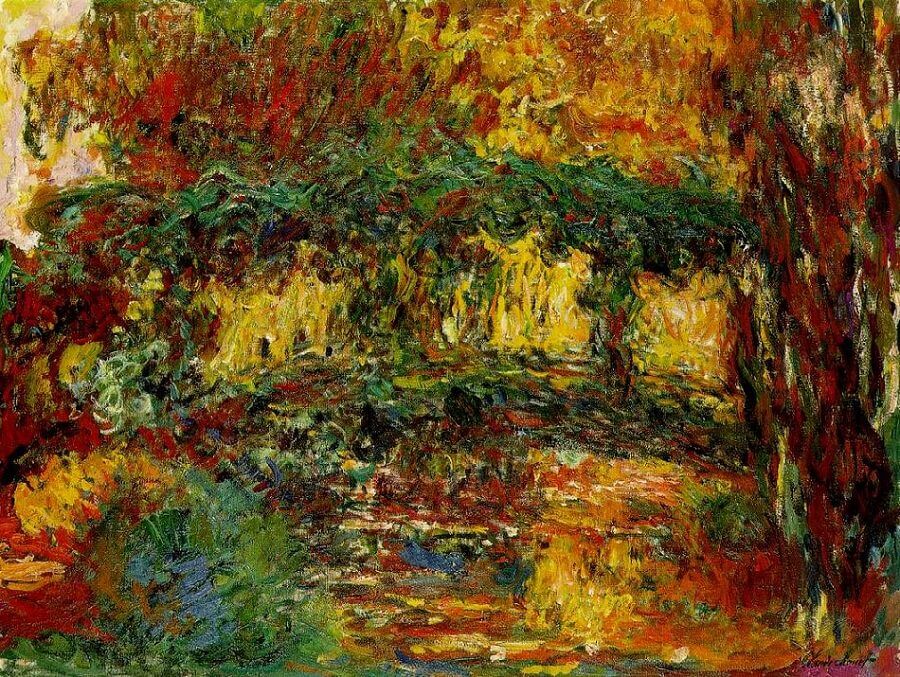
Monet preferred the earthy tones, and this painting, Water Lilies: The Japanese Bridge, is a classic piece of Impressionism in these hues of browns, oranges, maroons, and rusts. The central subject for his paintings in the late 1890s was Pack within his remit - although its treatment is markedly different. This work was part of the later series made between 1920-1922 and features dense swirls and loose strokes of color. The intensity of the painting almost makes the bridge obscure, while the colors were among those that were unique in his works.
In 1923, the elderly Monet was devastated by the death of his wife Alice, who had long been the center of his life, running his business affairs and providing him with endless support. He was further knocked by his loss of vision in 1912 and the death of his son in 1914. The deterioration of his eyesight was horrifying to the artist, who wrote, 'I realized with terror that I could see nothing with my right eye,., a specialist... told me that I had a cataract and that the other eye was also slightly affected. It's in vain that they tell me it's not serious, that after the operation I will see as before. I'm very disturbed and anxious.' In 1923 he was operated on three times to try and correct his right eye.

